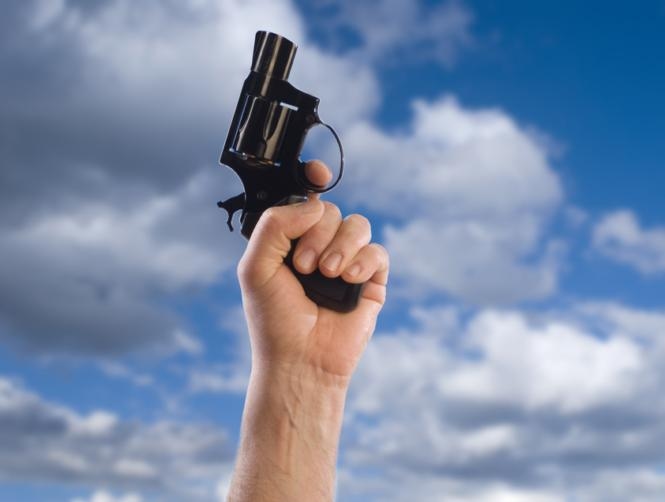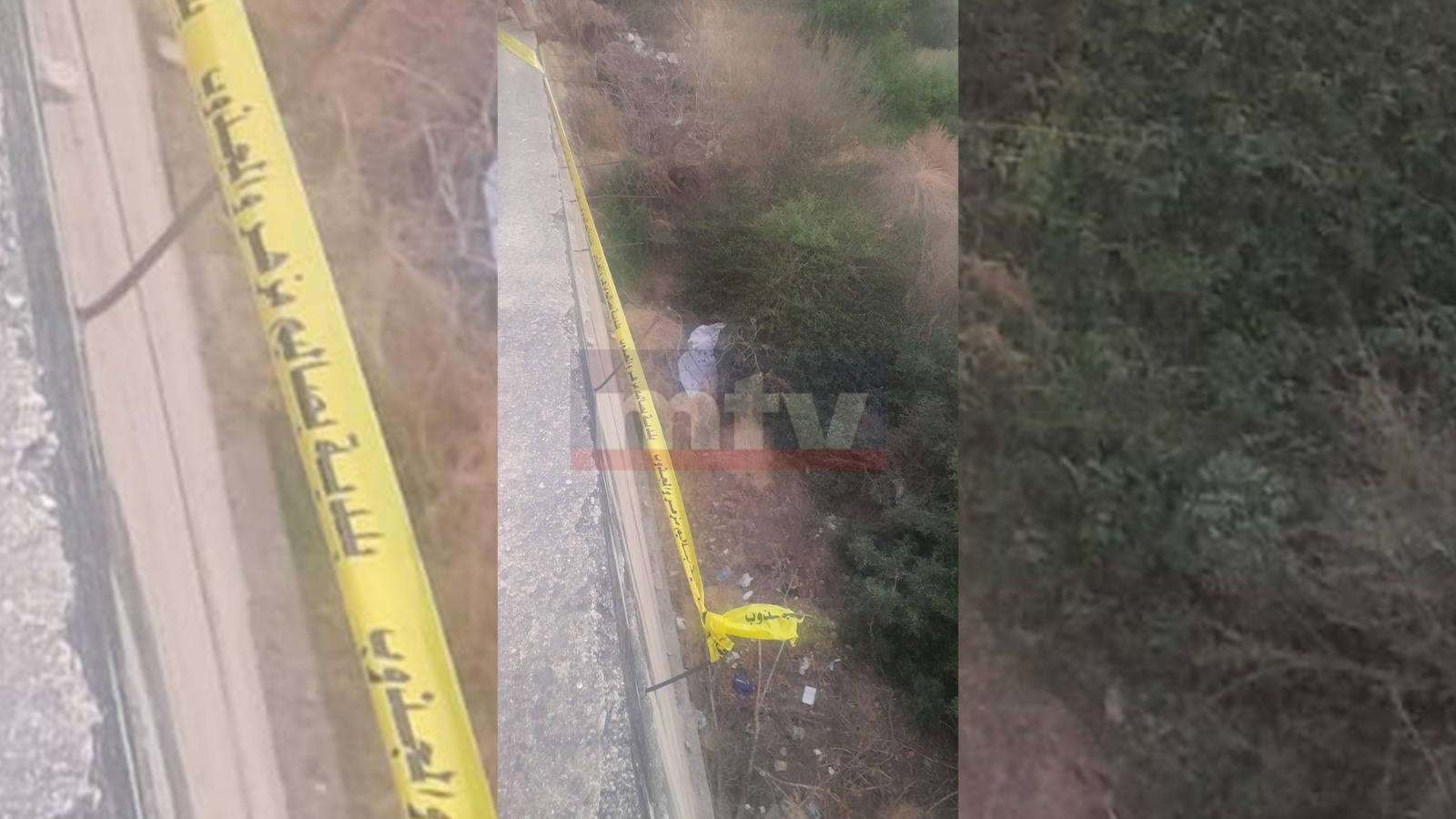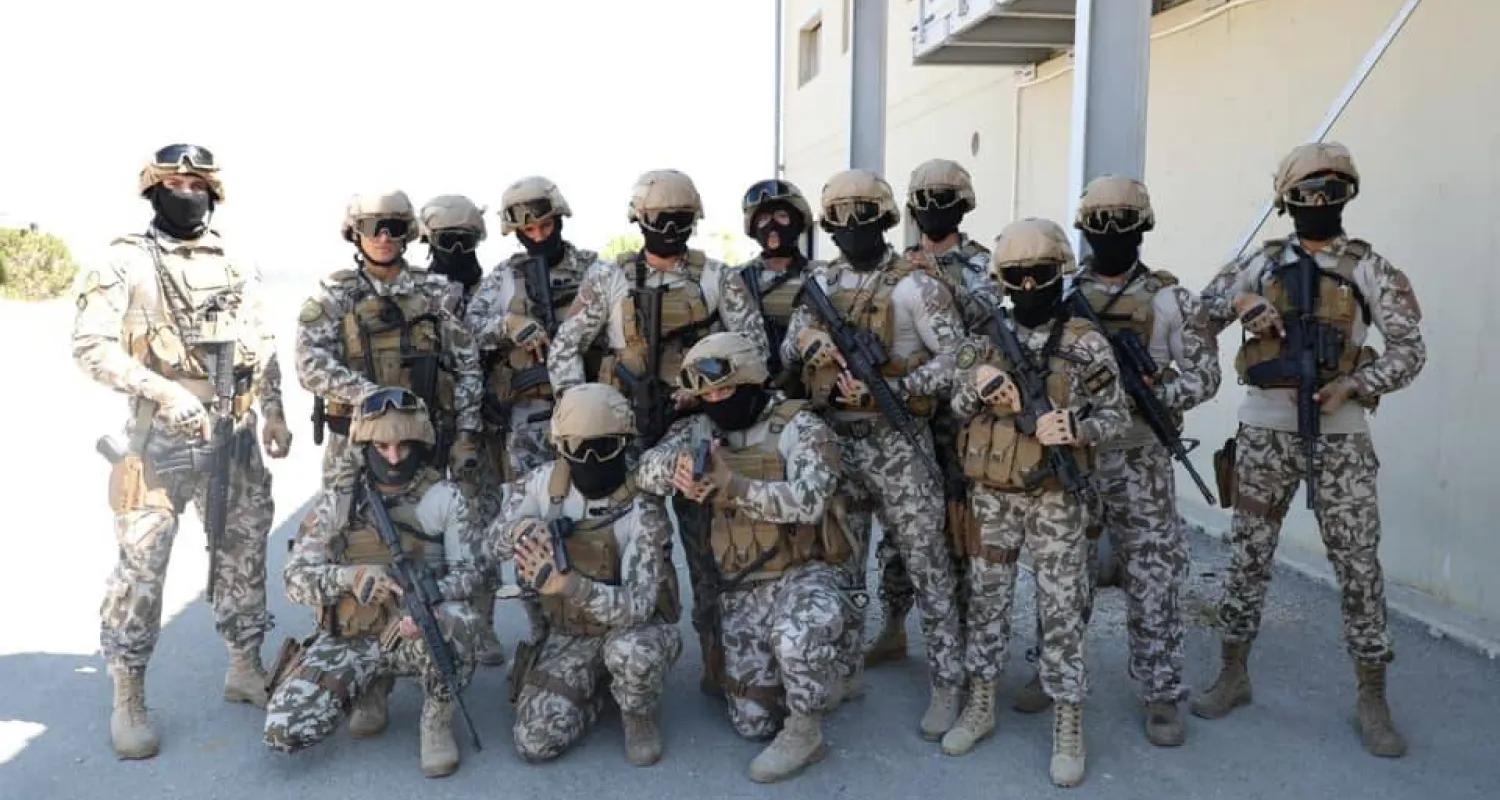ScienceABC
At certain functions and ceremonies across the world, you’ve almost certainly seen a few gunshots fired into the air as a celebratory custom, or perhaps as a way to signal the start of something important. This peculiar custom is practiced in many parts of the world (the Balkans, the Middle East, and the Central Asian region of Afghanistan) as a way to celebrate some achievement or an event of some importance. It may appear harmless, but in reality, is it?
What’s the difference between firing at a particular target and firing up into the sky?
Some would say that firing at a particular target is specific to that target and can thus be expected to cause harm, whereas a bullet fired into the sky just disappears, right?
WRONG!
Some initial studies proposed that a bullet fired into the sky disappears into space, but this was later proved to be untrue. A bullet fired into the air, after it finishes its climb and is in the process of returning to the ground (due to the gravitational force), has a speed of around 90-180 meters per second. It should also be noted that a bullet traveling at a speed even less than 60 meters per second is enough to cause severe head injuries.
There have been many cases of severe injuries to the head, shoulders and arms of people struck by falling bullets, and some of them proved fatal to the victims. There have been numerous such incidents in the United States, the Middle East and South Asia, where someone far away from the point where the bullets were fired was killed by a bullet falling from the sky.
The Angle Matters
When a bullet is fired upwards with the gun at an angle from the vertical (not straight up), then the bullet maintains its angular ballistic trajectory, which is why it’s far less likely to engage in a tumbling motion. Therefore, it travels at speeds much higher than a bullet in free fall. However, when the bullet is fired at an exact right angle to the ground, during the downward journey, the bullet experiences a ‘tumbling’ motion and thus behaves as in “free fall”, thus causing lesser or no damage.
Since it is very difficult to fire at an exact right angle, it is probably better that the bullet never be fired at all. After all, there are plenty of novel and safe ways to celebrate happiness besides firing a gun. Fireworks, anyone?









